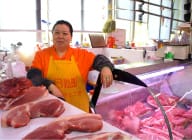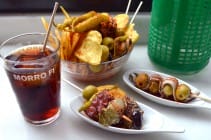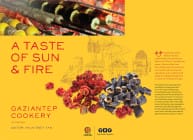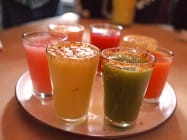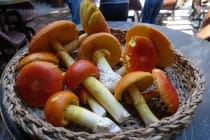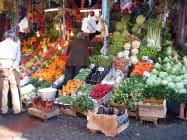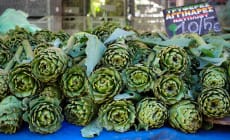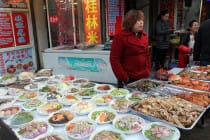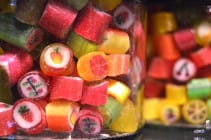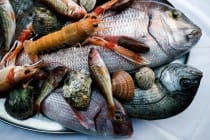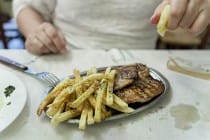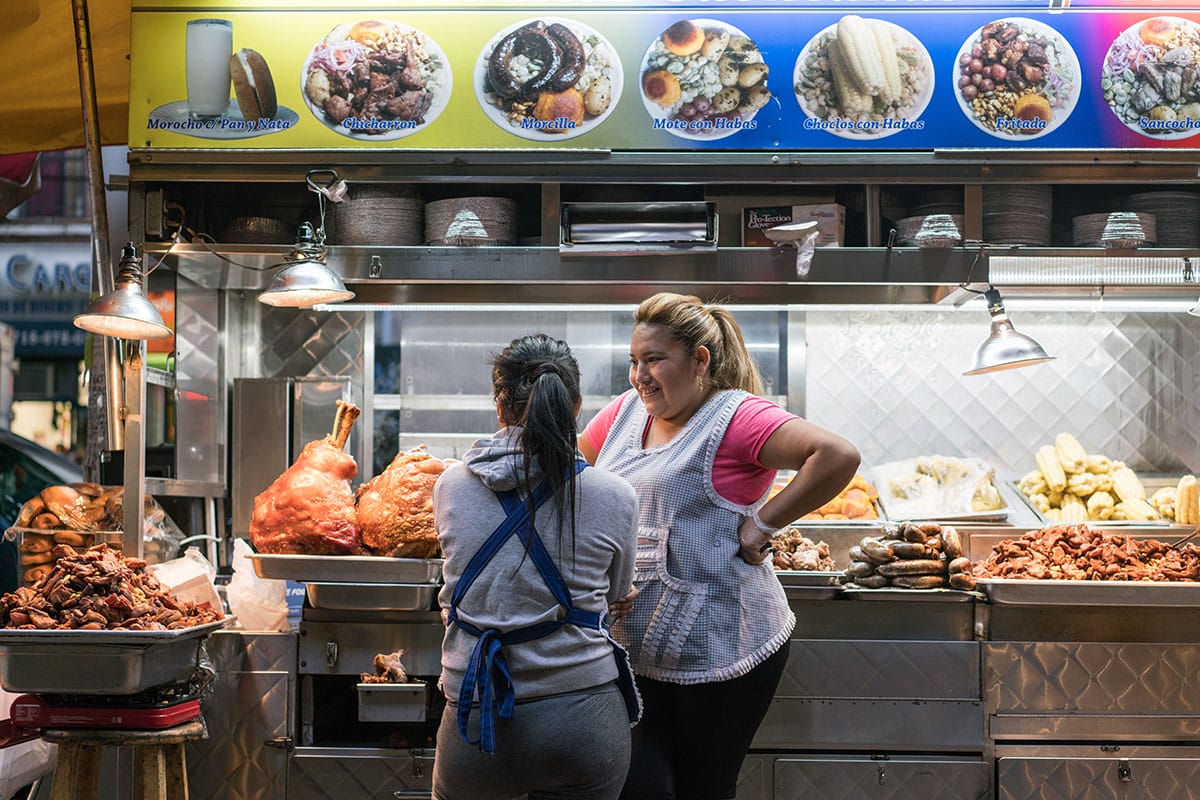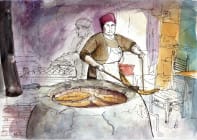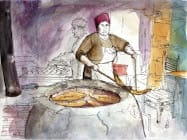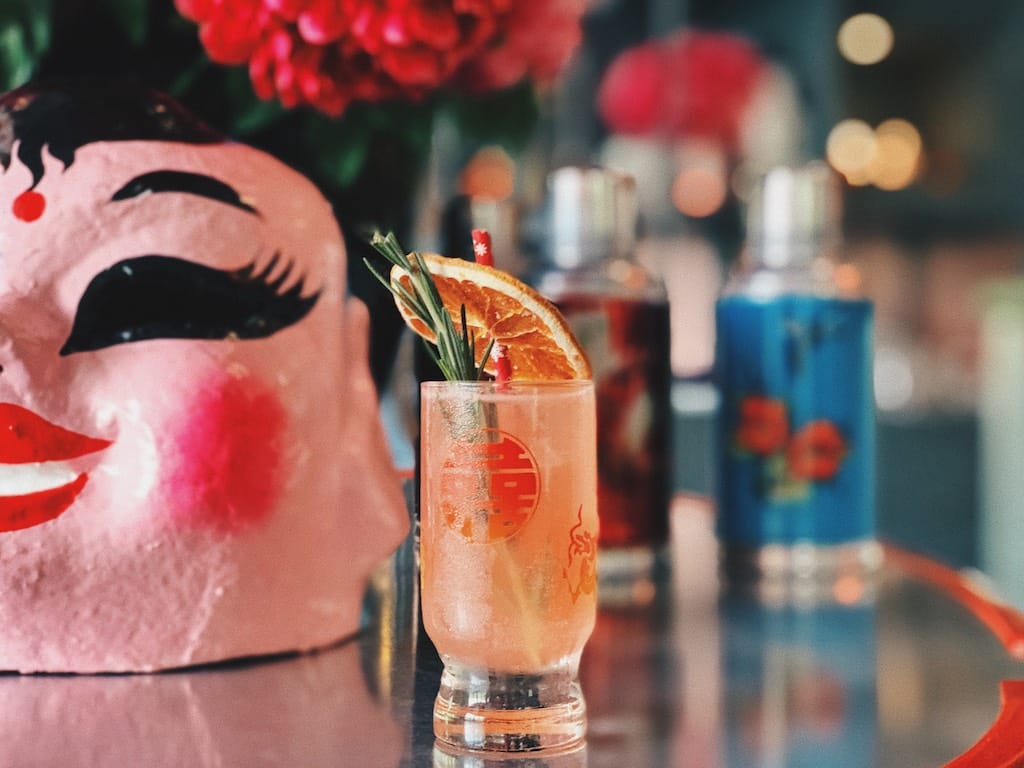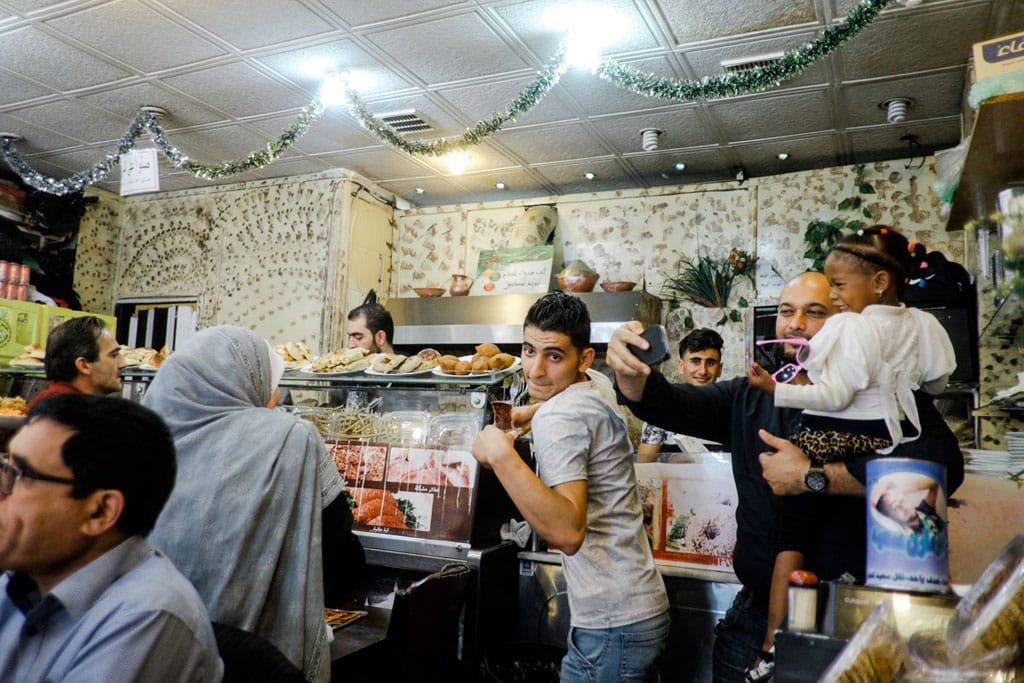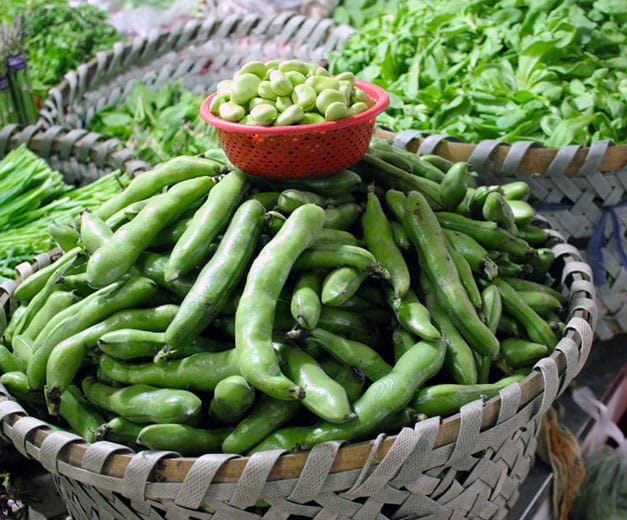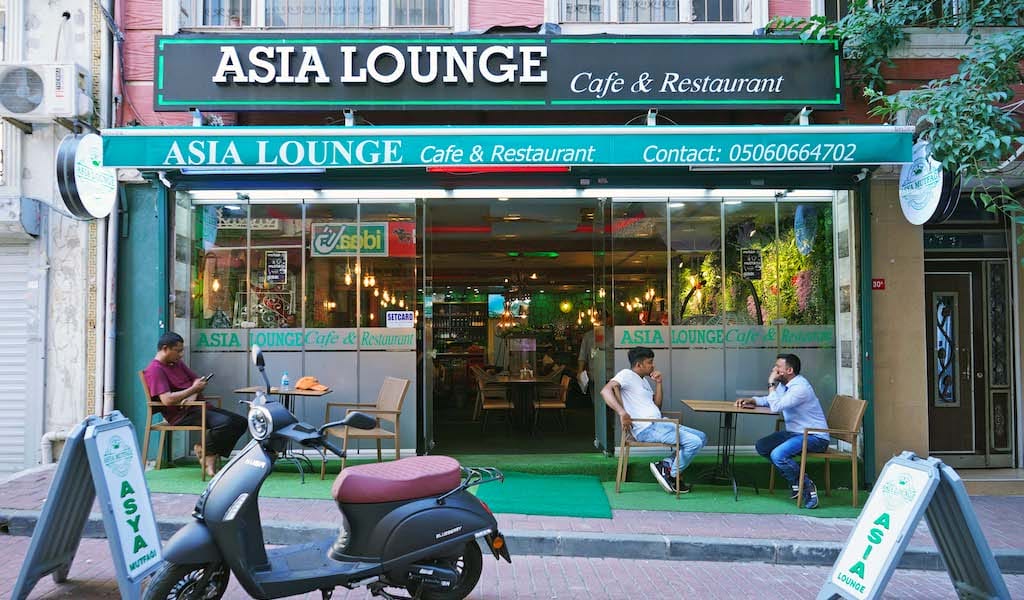The recent loss of the world’s first baijiu-themed bar, Beijing’s Capital Spirits, to hutong landlord issues has refocused the spirit’s lens on Shanghai, where bars are incorporating the grain alcohol into their drinks program. Baijiu may be the most-consumed spirit in the world – thanks mostly to China’s massive population.
But its name has only recently started to make waves outside the country. This growing recognition is in part thanks to the trend of mixing baijiu into cocktails. (For more on the history and culture of the drink, check out our article here.)
At Healer Bar, this blending of Eastern flavors with Western drinking culture is a deliberate choice that is meant to educate as well as inebriate. Before owner Phoebe Han opened her bar, the Xi’an-native mixed cocktails with some of the city’s best bartenders at Kee Club, The Nest and The Apartment, but she wanted to change the way people perceived Chinese spirits.
“People who are new to baijiu or huangjiu are often scared to try it. Baijiu has such a strong flavor that integrating and balancing it in cocktails is a must,” Han says. “I wanted to change people’s minds about what a Chinese cocktail could be and give people the knowledge behind the drinks.”
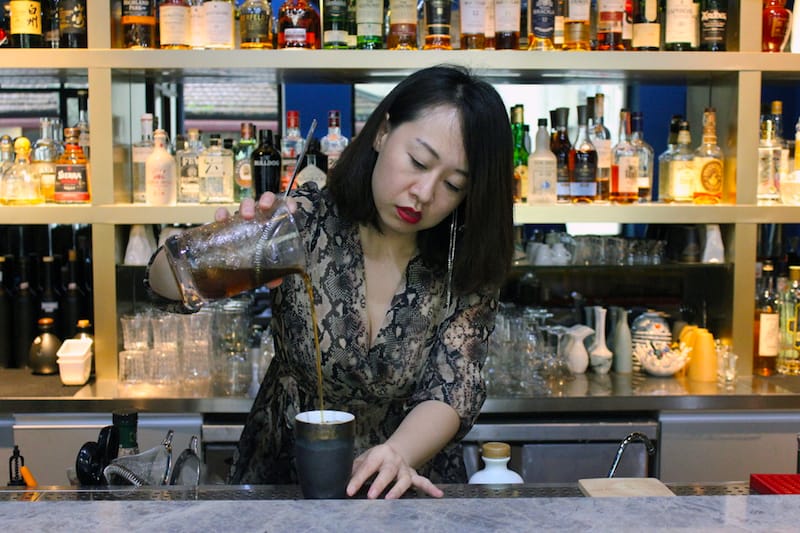
She named her first attempt at a baijiu mixed drink “Hossu” when she opened Healer in 2016. With rye whiskey, bamboo leaf-infused baijiu, demerara syrup and chocolate bitters, it’s topped with a huangjiu (yellow wine)-soaked dried plum. Its flavor suggests a Manhattan, but the taste experience is in an entirely different city. The bamboo baijiu is a light aroma variety from Shanxi province, and is infused with over a dozen ingredients, including traditional Chinese medicinal herbs. Han likens it to chartreuse.
Han’s cocktail names are just the beginning of the hidden depths on her menu. A “hossu” is in fact a staff topped with horse hair that Zen Buddhist priests use to shoo flies without killing them – and it’s often passed down from one Buddhist to another, thought to protect them from desire. All of Han’s cocktails come with a reference to classical Chinese literature or culture, her personal passion and part of her cross-cultural exchange at the bar. While some of these stories might be familiar to locals, the menu lays out the legends for anyone who bellies up to the bar. Order a “Farewell, My Concubine,” and you’ll learn about the story that has been immortalized in film alongside its ingredients (glutinous rice wine, amaro liqueur and red-date infused baijiu).
“Baijiu has such a strong flavor that integrating and balancing it in cocktails is a must.”
Han also experiments with infusing different flavors into her baijiu; just check out the top shelf of her bar, where the crystal-clear liquid has turned into a rainbow of pink (rose), yellow (osmanthus) and black (black gojis). She also sells baijiu by the flight or by the glass, if you want to keep it original (aka shoot it straight), and seems happiest sitting beside a customer walking them through what they’re drinking and advising them on what to try next. Hot tip: If you have a cold, she recommends the thyme wine or huangjiu, both of which are good for the throat. She truly meant it in naming her bar Healer.
But it’s not the only spot in town getting into the baijiu cocktail game. Just down the street, Dao Jiang Hu makes excellent fusion food (get the kung pao mushrooms and the mapo tofu topped with feta cheese), and the cocktail to try is Journey to the East, a delightfully bitter mix of baijiu, Campari, rosemary and grapefruit.
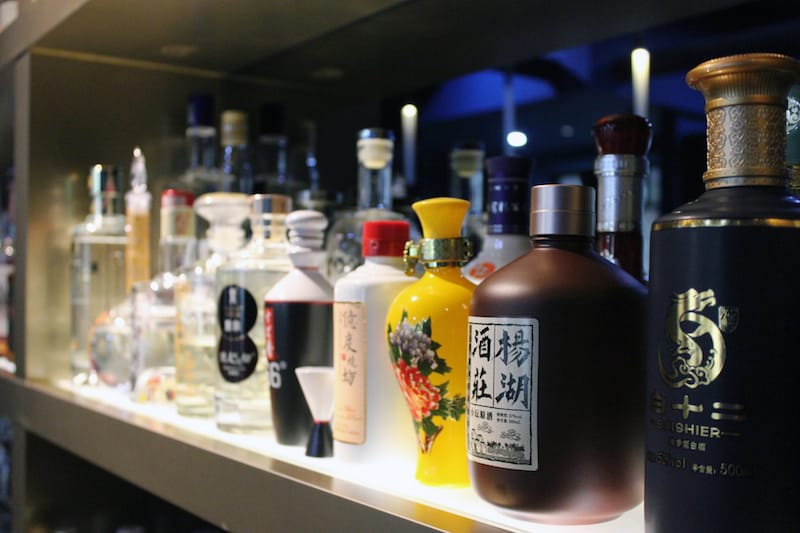
For a more traditional take on local flavors, try the Beijing Suanmei cocktail at Egg. Chef Jamie Pea relocated from Beijing last year and made a splash in Shanghai with her Northern Invasion-themed Chef’s Table at Egg. The paired Beijing Suanmei cocktail was a surprise hit with its sour plum syrup, peachy erguotou (sorghum baijiu), lemon juice and soda water – the essential Beijing summertime drink, Pea says. A twizzler of candied hawthorn and a sprig of mint round out this sweet and sour tipple that is now a regular on Egg’s cocktail menu.
Another great option, and newly-opened, is The Shanghai Edition Hotel. This five-star hotel is already drawing praise for its excellent F&B options, but head straight for the Lobby Bar to try the Nanjing Cobbler. Two types of rum and sparkling wine balance out the Luzhou Laojiao baijiu from Sichuan province, while dry curacao, dragonfruit and lemon bring a refreshing zing to the drink.
If you’re looking to splash out while ganbei-ing your baijiu, head to 1945 Chinese Tavern. Located near the Rockbund Art Museum, this Bund-adjacent spot has private rooms that start at 2,000 RMB and a drinks list that only serves Chinese alcohols (including several gins, vodkas and whiskey). The menu mostly focuses on huangjiu, but baijiu also makes an appearance in cocktails like Lost in Heaven, which features Sichuan’s Cityson baijiu mixed with lime, passionfruit and pink peppercorn and served in an ornate tea cup.
Published on May 14, 2019
Related stories
November 3, 2016
The Syrian Kitchen in ExileThe tables inside Bawabat Istanbul, a busy Syrian restaurant with one side open to the street, fill up the moment the previous guests pack up and leave. The food arrives fast as well: carefully decorated plates with grilled meat or falafel, hummus and fries, tomatoes and salad, all sprinkled with paprika and cumin. If it…
April 2, 2015
ShanghaiIn Shanghai, wet markets hold the telltale signs that spring is finally upon us. Stalks of asparagus as thick as a thumb spring up first, alongside brown and white bamboo shoots so freshly pulled from the earth that dirt still clings to their fibrous shells. But the most exciting spring green is fava beans (蚕豆,…
September 8, 2022
Istanbul | By Karen Cirillo
IstanbulAcross South Asia, arguments over which biryani is the best are not uncommon. For those from outside the region, differences in biryani are often reduced to “good versus bad,” but for those from South Asia, those differences can separate a tasty rice dish from the true taste of home. “To the world, it’s South Asian…
















